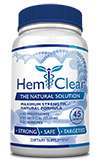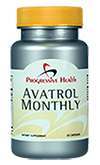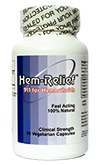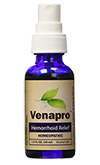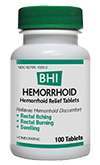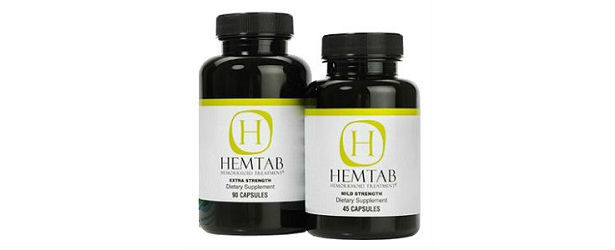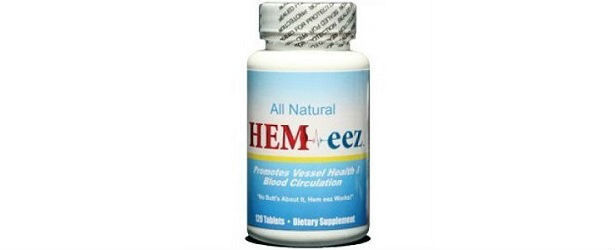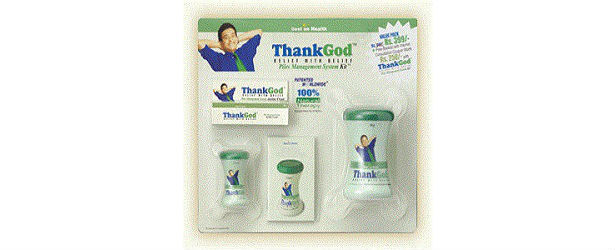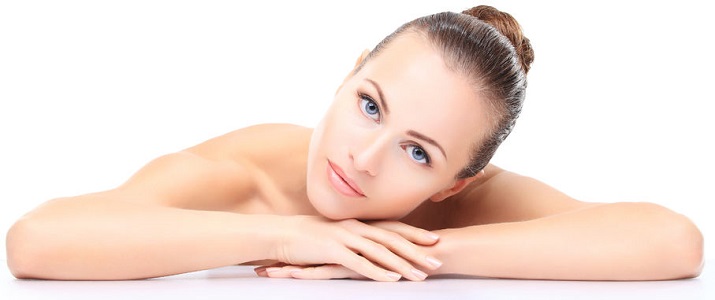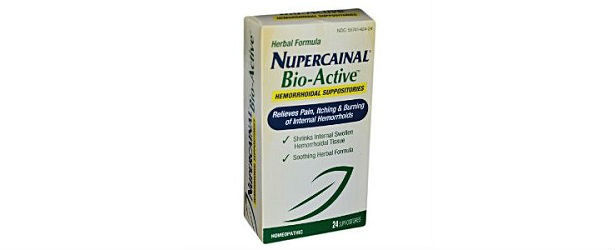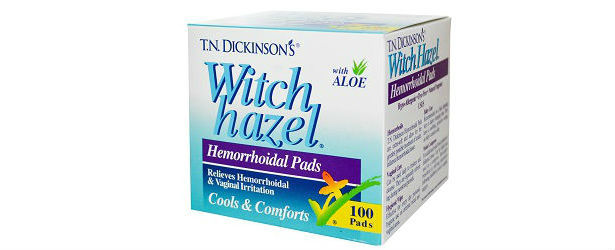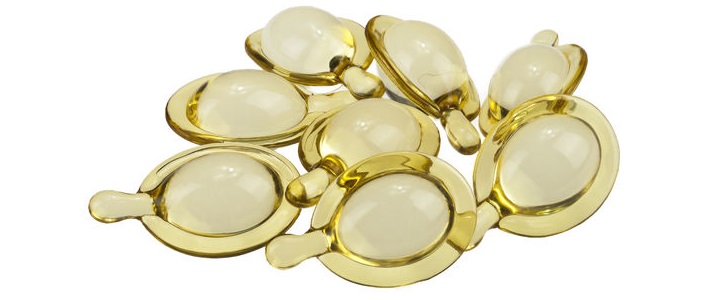
The ABCs of Serums
There is so much talk about serums that it can almost feel overwhelming to not understand what it is, why, and how to begin to make sense of how the serum fits into the overall cleansing steps of your face.
Many television personalities have gotten on the bandwagon with making it known that they are promoting a particular type of serum that works for them. But why even use a serum? Most serums target key issues we have with our skin including acne, dryness, and the plague of our skin aging. Because regular use of a serum allows you to combat whatever problem you are facing with a very concentrated formula, it can have a huge impact on helping you keep your skin firmer, smoother, and wrinkle-free.
What are Serums?
Serums are lightweight, nutrient-packed, deep penetrating products that typically come in the form as a liquid or gel, and are moisturized into our skin in very high concentrations. They are usually water-based so that your skin works to absorb them quickly; they typically do not contain heavy ingredients like petrolatum and mineral oil.
There are serums for almost every single type of skin, and in choosing a serum you should look for a serum that focuses on helping your specific concern because again, serums are really just a concentrated way to meet skin’s needs. For example, if you are most concerned about wrinkles, look for a serum with Peptides; if you have sensitive skin, look for a serum with Retinol and Vitamin C; if you are looking for a serum for the daytime, you will want to look for one with an antioxidant; a serum for the nighttime, you may want to stimulate collagen regrowth so look for ingredients that include Retinol and Peptides.
But serums do not work magic instantly; so best not to assume that there will be an overnight transformation. For example, remember that wrinkles occur when the deepest layer of your skin, called the dermis, loses elasticity and moisture. As the dermis shrinks, the top layer of your skin called the epidermis begins to become too loose and then contracts and results in the tiny lines that we call wrinkles.
Serums and Moisturizers – Getting the Facts Straight
No matter whether you have dry or oily skin, you should plan to use both a serum and a moisturizer. Whichever type of serum you choose– for example a serum with anti-aging ingredients or a serum for acne– your goal is to get the serum to get down into the deepest layer of your skin and you will want to do this twice a day in the morning and the evening.
Serums, therefore, are applied before moisturizers because the goal is to get the maximum benefit of the serum all the way down to the dermis – the lowest level of the skin. Serums, therefore, are used after you have finished with your cleansing step, and before the moisturizing step with the idea that you want to pack as many essential ingredients into your skin beneath your moisturizer which is always applied to the outer layer of the skin and works on the surface. So if you were to apply the serum after the moisturizer, the serum would not be able to penetrate through the moisturizer.
At this particular point, there is a fair amount of consensus that for all different types of skin care, most people should use serums because they contain Retinol, green tea, Vitamin C, and antioxidants, – all things that you want to have penetrated in the deepest part of your skin. And there is consensus too that serums and moisturizers work really well together. Serums should definitely not be considered as replacements for moisturizers, but rather another tool to use to help keep your skin in the best possible shape it can possibly be.
TOP 5
SKINCARETreatments |
|||||
| HemClear | Avatrol | Hem-Relief | Venapro | Heel-BHI | |
|---|---|---|---|---|---|
| 1 | 2 | 3 | 4 | 5 | |
| Price (1 bottle) Price (6 bottles)best value |
$49.95 $139.70 |
$45.95 $183.80 |
$39.95 $239.70 |
$39.95 $239.70 |
$42.94 $257.64 |
| Overall Rating | 99.10% | 78.00% | 73.50% | 62% | 61.50% |
| Effectiveness |





|





|





|





|





|
| Speed of Results | Extremely Fast | Fast | Good | Average | Slow |
| Quality of Ingredients | Premium | Good | Good | Average | Average |
| Customer Satisfaction Evaluation | 99.20% | 79% | 75% | 74% | 62% |
| Safety Evaluation | Safe for Use | Safe for Use | Safe for Use | Safe for Use | Safe for Use |
| Customer Service Rating |





|





|





|





|





|
| Reorder Rate | Highest | Good | Average | Good | Average |
| Return Policy | Risk Free | Unused | Risk Free | Unused & Unopened | No |
| Success Rate | 99.40% | 78% | 78.50% | 74.20% | 60% |

 Subscribe Now
Subscribe Now